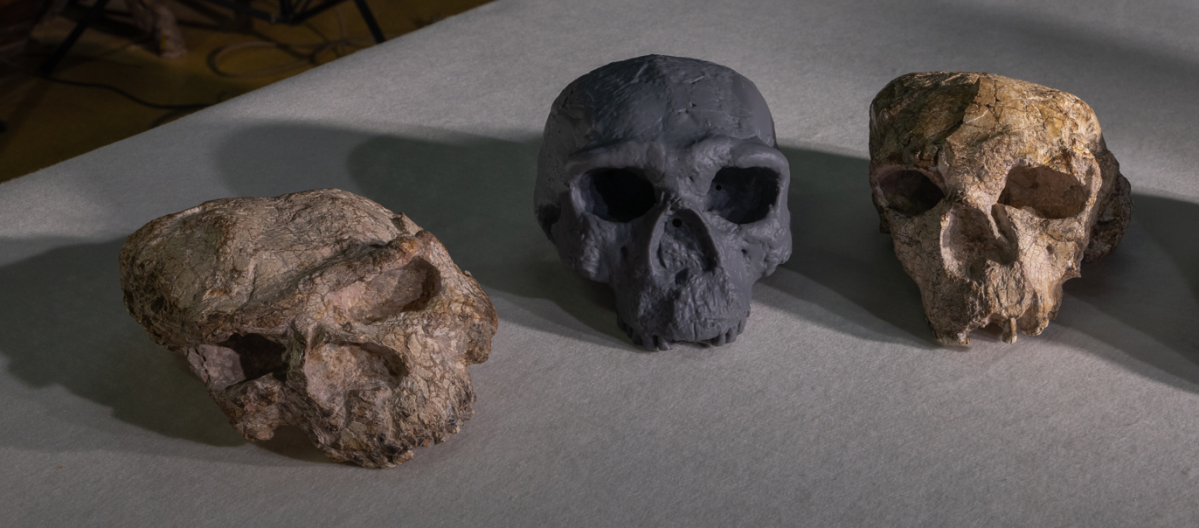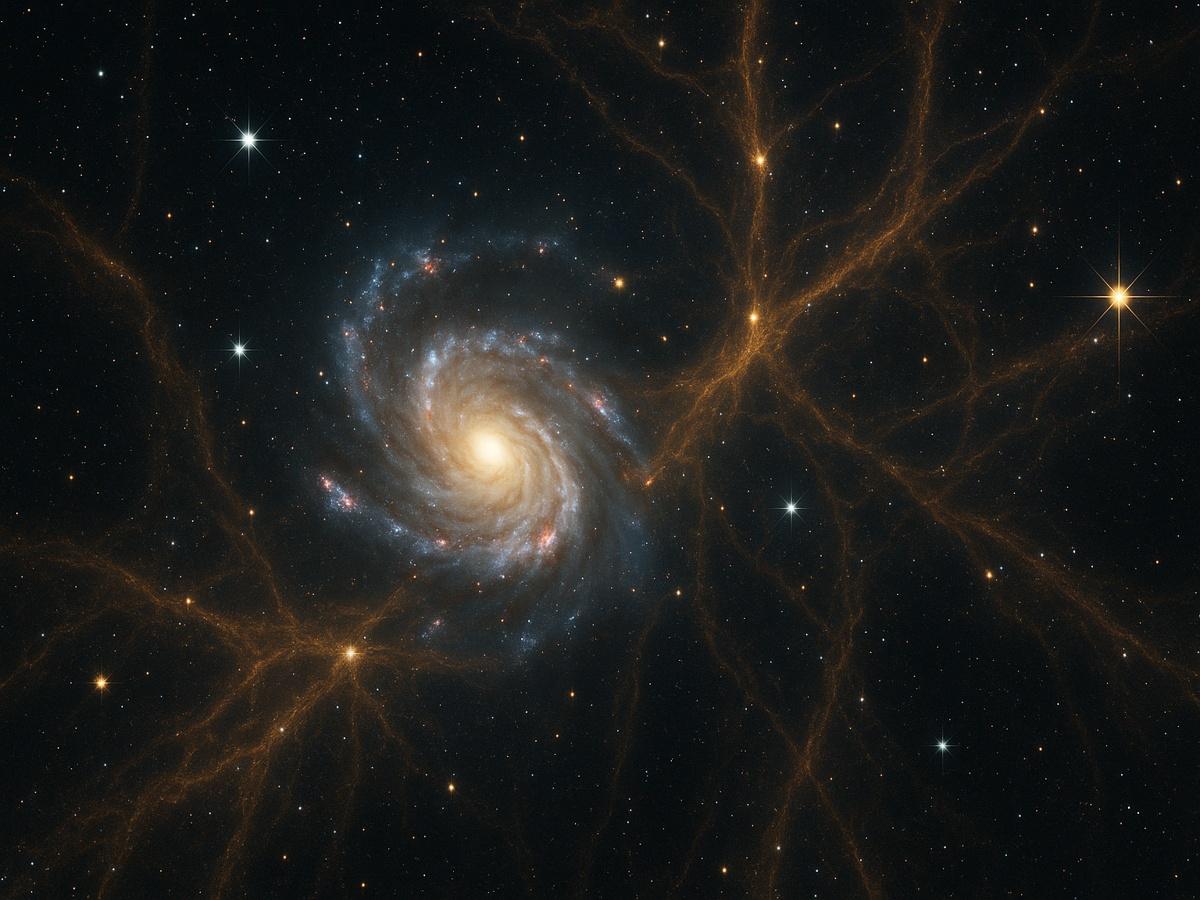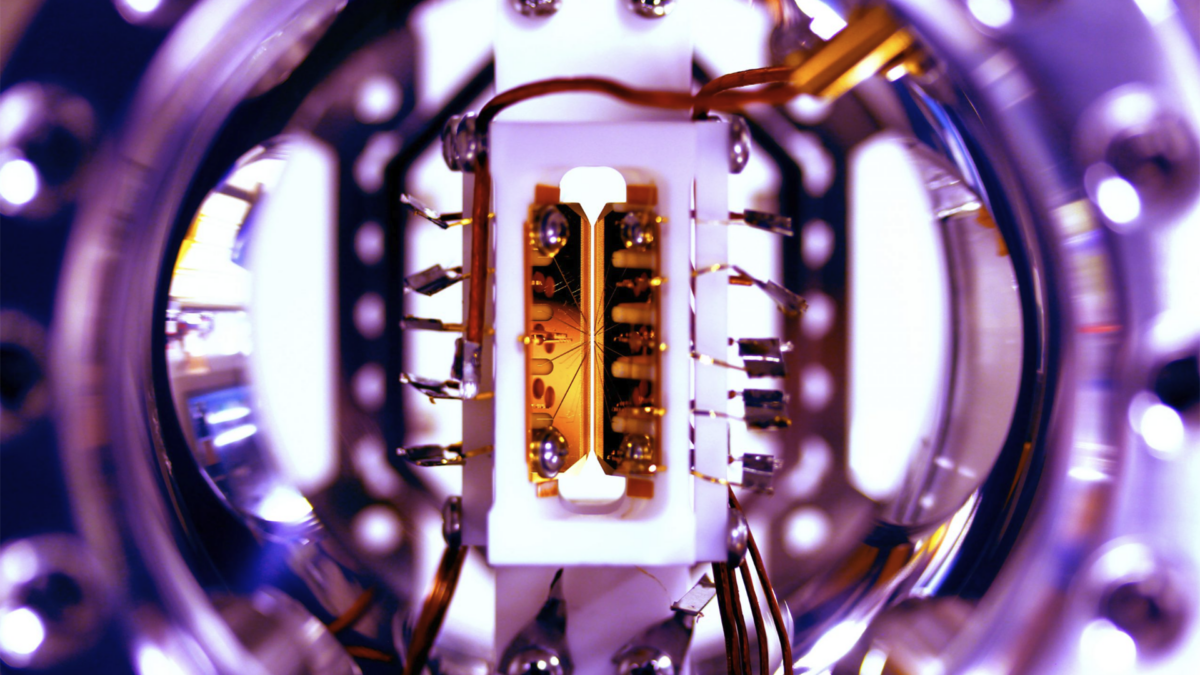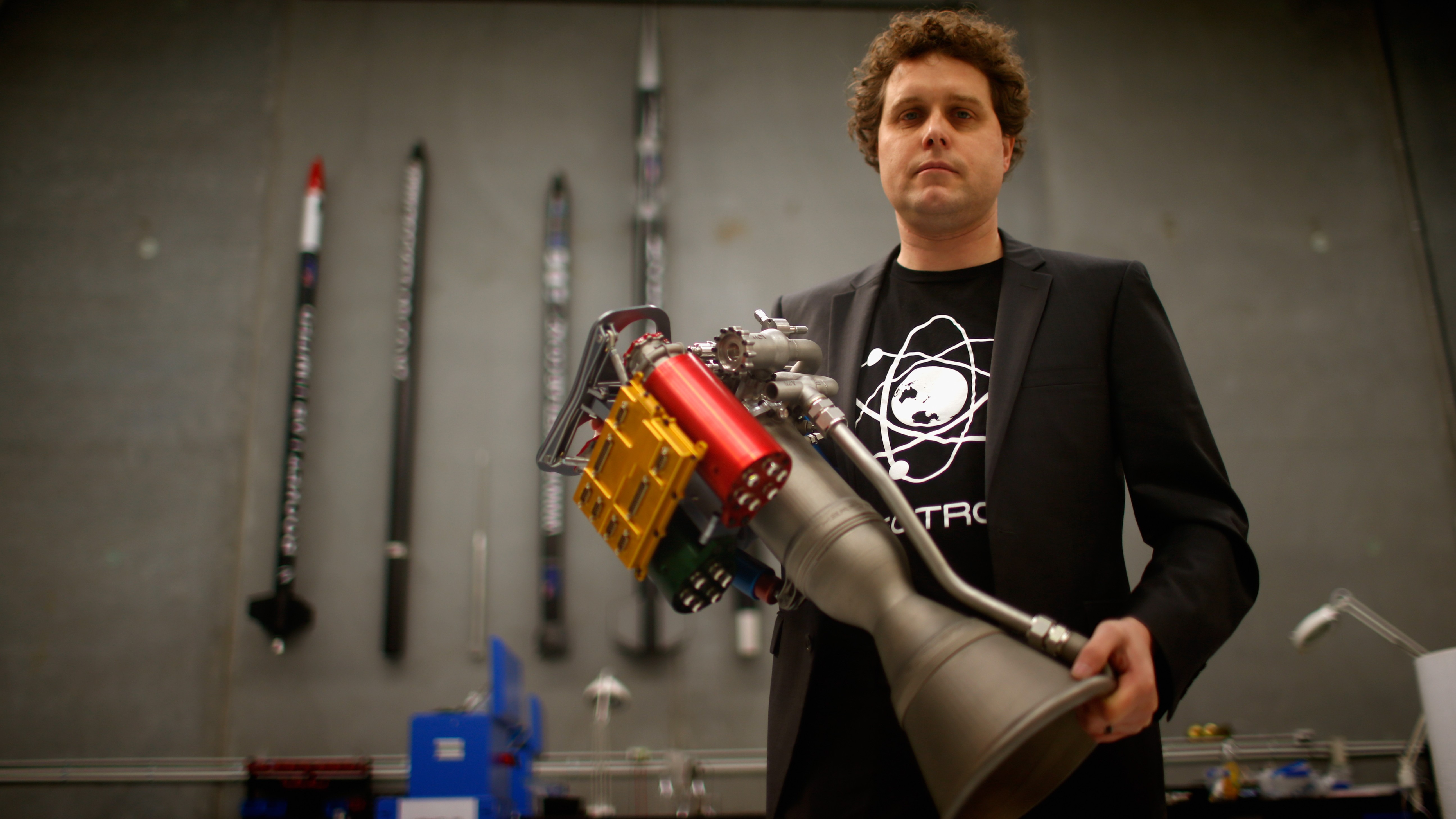
A fossil cranium, which is around 1 million years old and was initially believed to belong to Homo erectus, is now thought to be part of the Asian longi clade, closely linked to the Denisovans, which the researchers said “totally changes” the course of the human evolution story.
The findings suggest that Homo sapiens could have begun to emerge over 1 million years ago, pushing back the previously understood date of the modern human species’ origin by around 400,000 years.
Why It Matters
The significant push back in the date of origin of modern day humans is notable. It indicates that, in the last 800,000 years, most large-brained humans can be traced to just five major branches: Asian erectus, heidelbergensis, longi, sapiens, and neanderthalensis, London’s Natural History Museum reported.
It also suggests that these groups were splitting from one another more than a million years ago, suggesting that human evolution is not only a much longer story than previously understood, but also far more complex.
What To Know
The new paper was published on Thursday in Science by an international team led by researchers from Fudan University, Shanghai and the Chinese Academy of Sciences, Beijing, alongside palaeoanthropologist Chris Stringer of London’s Natural History Museum.
The cranium in question, known as Yunxian 2, was found in Hubei Province, China, in 1990 and was badly crushed making it difficult to interpret, and researchers at the time believed (according to its age) it belonged to the Homo erectus species.
The team of researchers used advanced CT scanning, structure light imaging and sophisticated virtual reconstruction techniques to restore Yunxian 2’s original shape in order to compare it to more than 100 other fossil specimens.
The analysis determined that the cranium was more likely linked to a later species such as Homo longi, also known as ‘Dragon Man’, and Homo sapiens due to its larger brain capacity, rather than being Homo erectus—even though it did have the more projecting lower face associated with the species.
Possible Coexistence
The research therefore suggests that there might be earlier members of the heidelbergensis, Neanderthal, sapiens and longi lineages not yet discovered, and also that we co-existed with other sister species for much longer than initially thought.
It has also prompted the researchers to believe that there could be fossils of Homo sapiens that are a million years old somewhere on the planet, waiting to be found.
Yunxian 2 is, as the name suggests, one of two fossil skulls unearthed in 1989 and 1990 in an area known as Yunxian in Shiyan, located in Hubei province in central China. A third skull was discovered nearby in 2022 but hasn’t yet been officially analyzed.
Homo sapiens, Denisovans and Neanderthals were initially believed to have diverged from a common ancestor around 700,000 to 500,000 years ago, although who this ancestral species (sometimes named Ancestor X) was remains unknown.
It is now thought that the Denisovans and modern humans last shared a common ancestor around 1.32 million years ago, while the Neanderthals branched away from that evolutionary line earlier, around 1.38 million years ago.
Although, more research still needs to be done, as some experts aren’t certain that the findings drastically change what was already known. Susan C. Antón, professor of anthropology at New York University, who is not part of the study, told Newsweek: “I don’t think that our understanding of the age of brain size expansion changes much from this.”
Bernard Wood, a professor of human origins at George Washington University, who was not part of the study, told Newsweek that while a “largish brain this far back should not come as a surprise, that does not diminish the value of the evidence.”
What People Are Saying
Chris Stringer, one of the researchers on the international team analyzing Yunxian 2, and an anthropologist and research leader in Human Evolution at the Natural History Museum, London, said in a statement: “Our research reveals that Yunxian 2 is not Homo erectus, but an early member of the longi clade and linked to the Denisovans. This changes a lot of thinking because it suggests that by one million years ago, our ancestors had already split into distinct groups, pointing to a much earlier and more complex human evolutionary split than previously believed.”
He added: “Yunxian 2 may help us resolve what’s been called the ‘Muddle in the Middle,’ the confusing array of human fossils from between 1 million and 300,000 years ago. Fossils like Yunxian 2 show just how much we still have to learn about our origins.”
Xijun Ni, a professor at Fudan University, who co-led the analysis, said, according to the BBC: “From the very beginning, when we got the result, we thought it was unbelievable. How could that be so deep into the past? But we tested it again and again to test all the models, use all the methods, and we are now confident about the result, and we’re actually very excited.”
Antón told Newsweek: “The Yunxian crania have long been known, but difficult to interpret because they were crushed and distorted after deposition. So a first step is to address this crushing and reconstruct the undistorted anatomy. Other studies have attempted to do so using different methods and getting somewhat different results.
The importance of this study is the use of 3D scans to make a reconstruction, then from this to compare the anatomy with other fossils. Another important contribution is including more recently analyzed fossils, especially the Denisovan fossils Harbin and Penghu, into the analysis. The Denisovan lineage is providing new understandings and perspectives on fossil species especially in Asia.”



